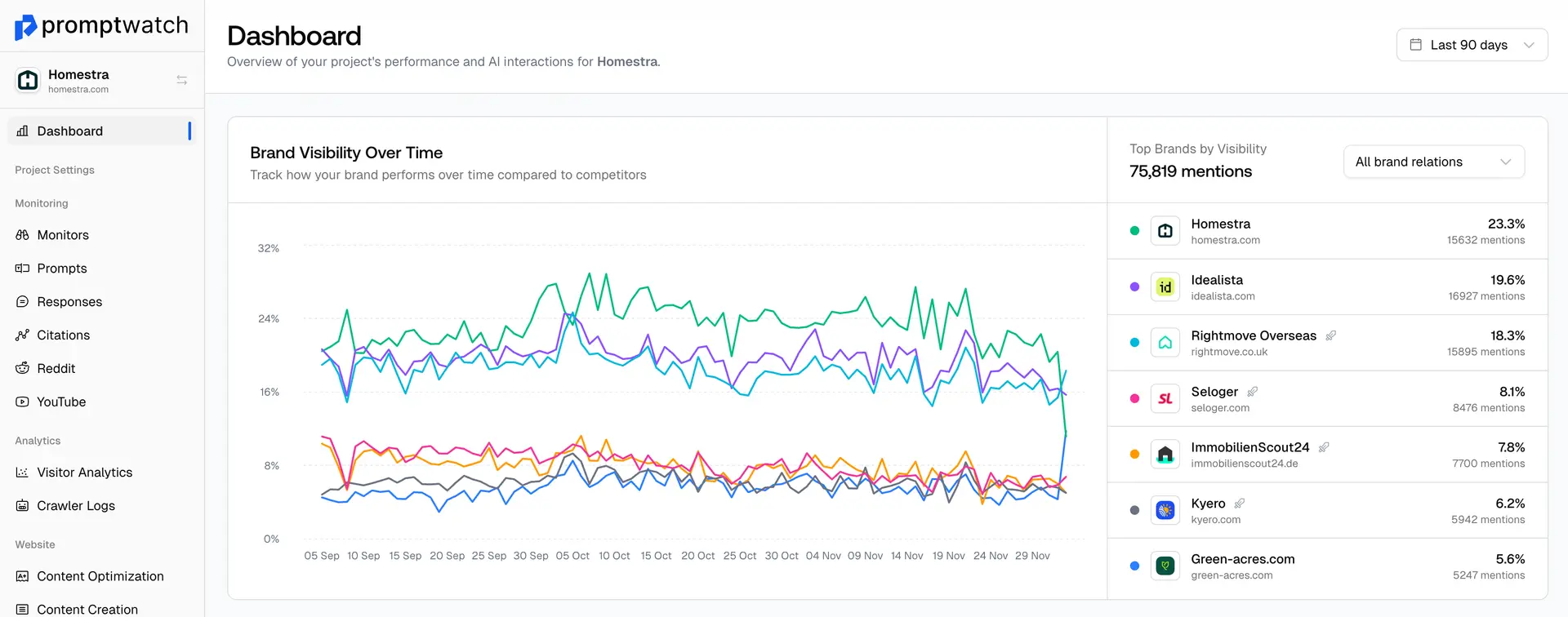Definition
Conversion Rate Optimization (CRO) is the systematic process of improving website elements, user experience, and content to increase the percentage of visitors who complete desired actions—whether that's making a purchase, signing up for a newsletter, downloading a resource, or any other business objective. CRO transforms websites from passive brochures into active revenue generators by understanding user behavior and removing barriers to conversion.
The CRO process involves analyzing user behavior through analytics and heatmaps, identifying conversion barriers and friction points, developing hypotheses for improvement, creating and testing variations through A/B testing, measuring results and statistical significance, implementing successful changes, and continuously iterating for ongoing improvement.
In the AI era, CRO has new dimensions and opportunities. AI-driven traffic often comes with different user behaviors and expectations—people who discover your business through AI recommendations may have higher intent but different information needs. Understanding and optimizing for these AI-influenced user journeys has become crucial for maximizing conversion rates.
CRO also intersects with AI optimization strategies. Websites with higher conversion rates often signal quality and relevance to search engines and AI systems, potentially improving both traditional SEO performance and AI citation likelihood. Users who convert are more likely to become advocates and create positive signals that AI systems may recognize when evaluating brand authority.
Modern CRO considers multiple conversion paths, mobile optimization, page speed impact, accessibility, personalization, and the integration of AI tools to improve user experience and conversion rates.
Examples of Conversion Rate Optimization (CRO)
- An e-commerce site increasing checkout completion rates by simplifying the payment process and adding trust signals
- A SaaS company improving trial signup rates by optimizing their landing page headlines, value propositions, and form design
- A consulting firm increasing consultation requests by optimizing their contact forms and adding social proof elements
- A content site improving newsletter signups by testing different opt-in placements, copy, and incentives
